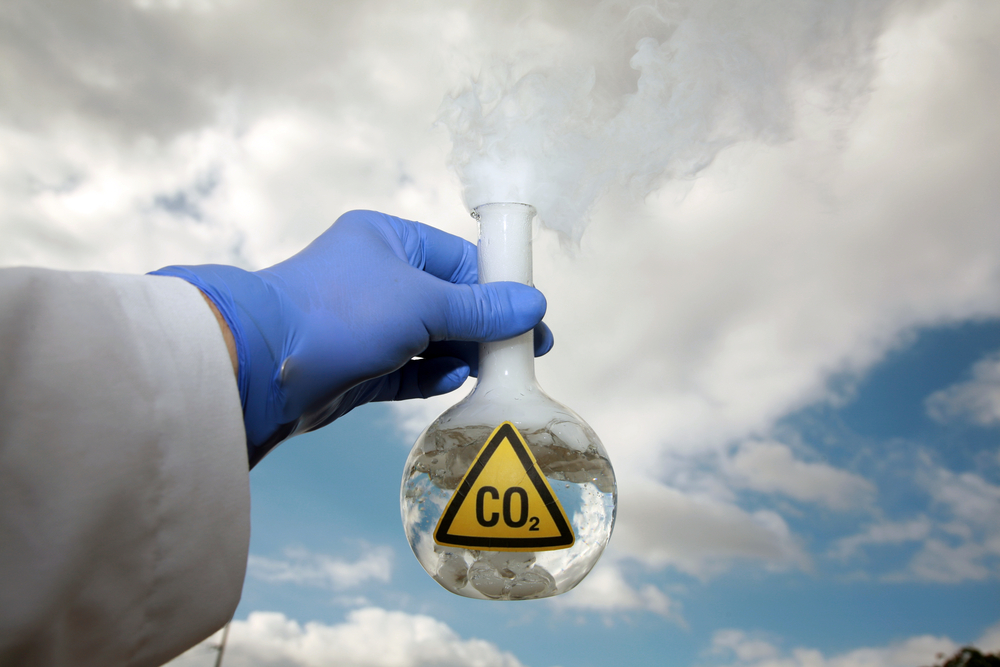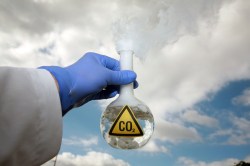The thermostat. What an invention! Your house gets too hot, just crank the thermostat down a few degrees and you’re good to go.
Now, what if we could put a thermostat on our too-hot planet?
As it happens, we could. A few billion dollars is all it would take to deploy a version of solar-radiation management (SRM), a form of geoengineering that would seed the stratosphere with reflective aerosols, creating a sort of sunshade for the planet.
The idea has been bouncing around at least since the 1960s, when advisers to President Lyndon Johnson suggested SRM to reflect sunlight back into space as a method for managing the climate. Heck, “fixing the sky” dates back to the Greek mythology of Phaeton and Helios. The thermostat idea is not new; we just keep coming up with shiny-new models.
One of the leading proponents of studying SRM and other geoengineering strategies is Granger Morgan, a researcher and the director of the Center for Climate and Energy Decision Making at Carnegie Mellon University. Morgan has been studying SRM since the early 1990s, and he says it should be approached with a great deal of caution.
“Your reaction that (geoengineering) is kind of insane is a healthy reaction,” Morgan told us. “It’s the reaction that anyone with their head screwed on straight has almost immediately.”
Even so, he says, it’s something we need to understand. Increasingly, geoengineering strategies are being openly discussed in scientific and policy circles as a hypothetical option for dealing with a runaway rise in global temperatures. And there’s a certain logic to it: If you knew that in two years all Arctic ice would melt without an immediate geoengineering intervention, what would you do?
The public is becoming more aware of geoengineering, too — and some scientists are test-driving it on their own. This fall, controversial scientist-entrepreneur Russ George, working with Haida Salmon Restoration Group, dumped 100 tons of iron sulfate into the ocean off the coast of British Columbia. Their aim was to spark a phytoplankton bloom, providing food for salmon and sequestering carbon dioxide at the ocean’s bottom.
Would world leaders ever decide to try geoengineering on a planetary scale? Some experts think not — that the ethical, moral, and political complications posed by the idea are insurmountable [PDF]. But others, such as Granger Morgan, are not so sure. He’s also aware that the price tag isn’t big enough to dissuade a single country — China, say, where massive cities are rising along the coasts — from acting unilaterally. That’s even more reason to understand the consequences, intended and otherwise.
In our interview, below, Morgan explains the science behind geoengineering, the possible unintended side effects, the limitations, and the ethical and moral dimensions of tinkering with the Earth’s thermostat.
This interview is part of the Generation Anthropocene project, in which Stanford students partake in an inter-generational dialogue with scholars about living in an age when humans have become a major force shaping our world.




